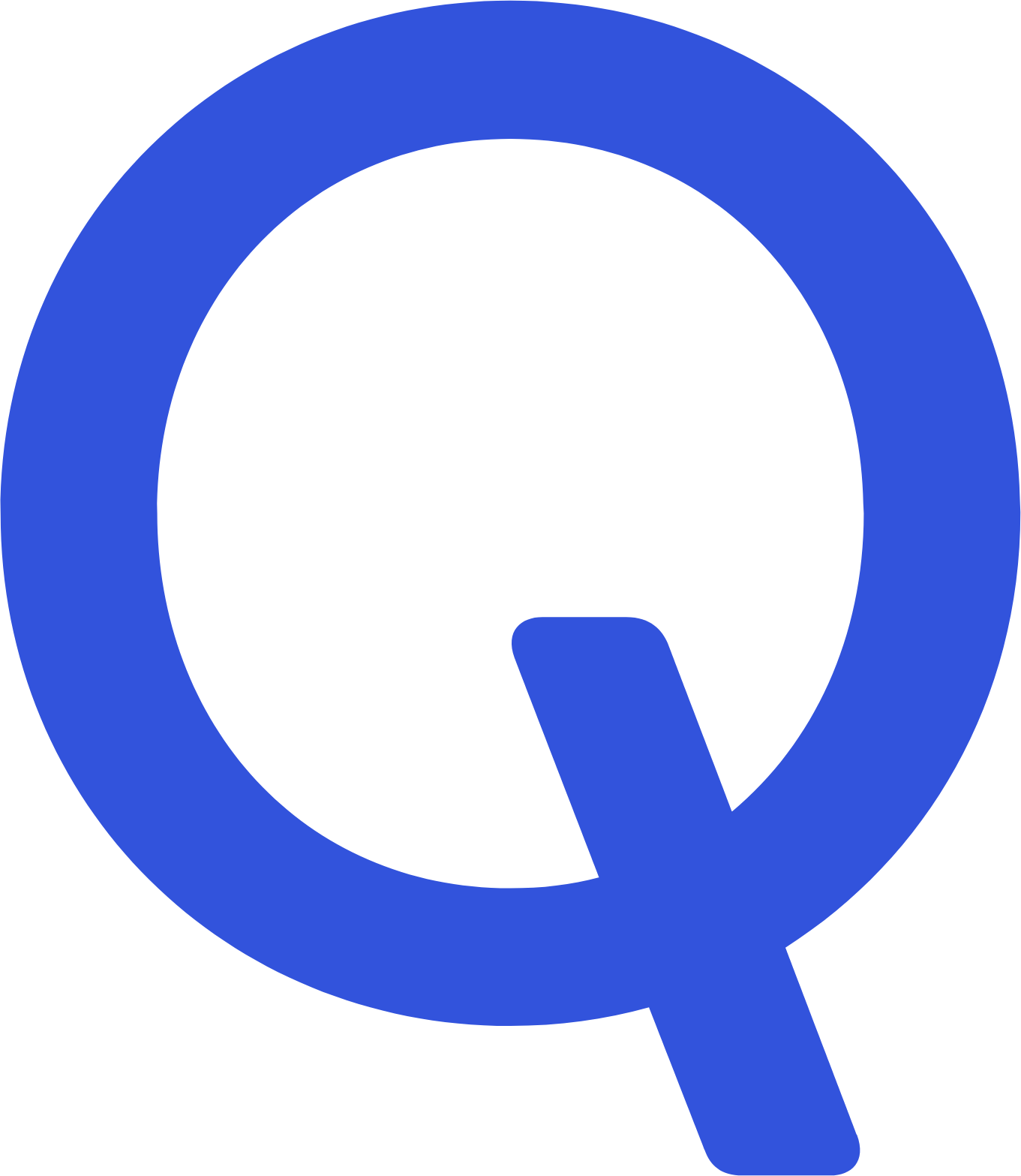Patent Strategic Integration: Masimo’s Market Leadership
Masimo, founded in 1989 by Joe Kiani, has built a robust patent portfolio that underpins its competitive advantage in the medical device industry. As of July 2022, Masimo held 1,540 patents globally, with 983 granted and over 72% active, primarily filed in the United States, Japan, and Europe. Its patents cover innovations in health tech, including pulse oximetry, connected patient monitoring, and medical IoT, with a focus on noninvasive monitoring technologies like Masimo SET and Rainbow SET Pulse CO-Oximetry.
Masimo’s patent strategy is characterized by three key pillars:
- Innovation-Driven Patenting: Masimo invests heavily in R&D, with the U.S. as its primary R&D hub. Its patents protect core technologies like SET, which addresses limitations of conventional pulse oximetry by accurately measuring arterial blood oxygen saturation under low perfusion conditions. This technological edge has allowed Masimo to differentiate its products, such as the Pronto-7 device and W1 smartwatch, which have received accolades like the Medical Design Excellence Award and FDA clearance for critical applications.
- Aggressive Patent Enforcement: Masimo has a history of leveraging its patents offensively to protect market share and block competitors. A notable example is its decade-long dispute with Apple, where Masimo accused Apple of infringing its pulse oximetry patents in the Apple Watch Series 6 and later models. In October 2023, the U.S. International Trade Commission (ITC) ruled in Masimo’s favor, issuing a potential import ban on Apple Watches with infringing blood-oxygen monitoring technology. This ruling temporarily forced Apple to halt sales of its Series 9 and Ultra 2 models in the U.S., demonstrating Masimo’s ability to use patents to disrupt a major competitor’s market presence. Similarly, Masimo’s 1999 patent infringement lawsuit against Nellcor (a Tyco Healthcare subsidiary) resulted in a $300 million settlement, strengthening its patent portfolio and market position.
- Strategic Portfolio Expansion: Masimo continuously expands its portfolio to cover emerging technologies and markets. For instance, in Q2 2024, Masimo saw a 1.29% increase in patent filings and a 1.54% increase in grants, reflecting active portfolio growth. Its patents now span health tech subsectors like connected patient monitoring and medical IoT, aligning with the growing wearables market, projected to increase by $6.85 billion in the U.S. from 2021 to 2026. This strategic alignment ensures Masimo remains relevant in high-growth areas like telehealth and remote monitoring, as seen with its Masimo SafetyNet platform launched during the COVID-19 pandemic.
Integration of Patent Portfolio: Driving Market Share
Masimo’s success in increasing market share—evidenced by its $9.71 billion market capitalization and 23% revenue growth in Q4 2017—stems from its high-quality integration of its patent portfolio, aligning with the principles outlined in PatenTrack’s Patent Strategy article. Below, I detail how Masimo’s integration strategies have driven market dominance, incorporating our prior discussion on market share growth through patent integration.
1. Strategic Alignment with Business Objectives
Masimo aligns its patent portfolio with its mission to “improve life, improve patient outcomes, and reduce the cost of care.” PatenTrack’s Patent Strategy article emphasizes embedding patents into corporate strategy through IP roadmaps and cross-functional integration. Masimo exemplifies this by:
- Product Differentiation: Patents protecting SET and Rainbow SET enable Masimo to offer superior pulse oximetry solutions, such as the Masimo W1 smartwatch and hospital automation platforms like Patient SafetyNet. These products have gained traction in hospitals, emergency services, and home care, driving market share by addressing unmet needs in accuracy and reliability. For example, SET’s ability to reduce false alarms in neonatal ICU monitoring has led to its adoption in critical care settings, enhancing Masimo’s reputation and market penetration.
- Market Expansion: Masimo’s patents support entry into adjacent markets, such as consumer wearables and telehealth. The W1 smartwatch, launched in 2022 with FDA-cleared health monitoring features, competes directly with consumer devices like the Apple Watch, capturing a share of the growing wearables market. Our prior discussion highlighted how differentiated products increase market share, and Masimo’s patented technologies give it a competitive edge in this space.
- Licensing Opportunities: Masimo licenses its technologies to original equipment manufacturers (OEMs) and partners, generating revenue and expanding market reach. Its patents enable licensing deals with hospitals and distributors, reinforcing its dominance in the pulse oximetry market. Our Patent Strategy article focus on aligning patents with business goals underscores this approach, as licensing amplifies Masimo’s market presence without direct competition.
2. Portfolio Optimization and Legal Streamlining
Our Patent Strategy article advocates for eliminating redundancies and ensuring legal clarity to maximize portfolio value. Masimo demonstrates this through:
- Active Portfolio Management: With over 72% of its 1,540 patents active, Masimo maintains a lean, high-value portfolio. It uses tools like PatenTrack’s Correct-and-Update feature (as discussed in our article) to ensure accurate documentation and ownership records, minimizing legal risks. For example, Masimo’s ability to enforce patents against Apple relied on clear title and robust documentation, validated by the ITC ruling.
- Selective Enforcement: Masimo prioritizes enforcing high-impact patents, such as those covering pulse oximetry algorithms. Its 2022 victory against True Wearables, where it blocked a former employee’s patent application containing trade secrets, showcases its proactive approach to protecting core IP. By eliminating potential overlaps or threats, Masimo strengthens its portfolio’s strategic value, aligning with our call for portfolio sculpting.
3. Cross-Functional Collaboration
Fostering collaboration between legal, technical, and business teams to leverage patents effectively. Masimo’s integration strategy reflects this:
- Interdisciplinary Innovation: Masimo’s R&D teams work closely with legal experts to patent innovations that address market needs, such as the Oxygen Reserve Index (ORI) and noninvasive hemoglobin monitoring. These technologies, protected by patents, have been integrated into products like the Pronto-7, enhancing Masimo’s appeal to healthcare providers and increasing market share.
- Stakeholder Engagement: Masimo’s Hospital Automation platform, including tools like Patient SafetyNet and UniView, integrates patented technologies into hospital workflows, requiring collaboration between engineers, marketers, and legal teams. This cross-functional approach ensures that patents translate into practical solutions, driving adoption and market growth.
- Tools like PatenTrack: PatenTrack’s cross-departmental dashboards enable seamless collaboration. Masimo likely uses similar IP management tools to provide legal teams with enforceability data, engineers with technical specifications, and business units with monetization insights, ensuring all stakeholders align on leveraging patents to capture market share.
4. Blocking Competitors to Secure Market Share
Our prior conversation noted that patent integration can increase market share by blocking competitors, and Masimo excels in this area. The Apple dispute is a prime example: by securing an ITC ruling that temporarily banned Apple Watch imports, Masimo disrupted a key competitor in the wearables market, potentially redirecting consumers to its own W1 smartwatch. Similarly, its lawsuit against Nellcor in 1999 weakened a major rival, allowing Masimo to capture a larger share of the pulse oximetry market. The focus on competitive positioning through patents is vividly illustrated here, as Masimo uses its IP to erect barriers to entry.
5. Future-Proofing for Sustained Growth
The need to future-proof portfolios against technological and market evolution. Masimo’s strategy aligns with this:
- Emerging Technologies: Masimo’s patents in medical IoT and telehealth, such as those supporting Masimo SafetyNet, position it to capitalize on trends like remote patient monitoring, which surged during COVID-19. These patents ensure Masimo remains competitive as healthcare shifts toward digital solutions.
- Dynamic Portfolio Management: Masimo’s increased patent filings in Q2 2024 reflect a proactive approach to acquiring new IP in high-growth areas like AI-integrated wearables. This aligns with the call for regular portfolio reassessment to stay ahead of market shifts.
- Global Reach: With patents filed in the U.S., EPO, WIPO, and Japan, Masimo protects its innovations across key markets, ensuring global market share growth.
Impact on Market Share
Masimo’s patent strategy and integration have directly contributed to its market share growth:
- Pulse Oximetry Dominance: Masimo’s SET technology, protected by a strong patent portfolio, has made it a leader in pulse oximetry, with over 200,000 SET pulse oximeters shipped annually by 2017. Its ability to outperform competitors like Nellcor has solidified its position in hospitals and critical care settings.
- Wearables Market Entry: The Apple dispute highlights Masimo’s strategic use of patents to compete in the consumer wearables market. By challenging Apple, Masimo not only protected its IP but also gained visibility for its W1 smartwatch, potentially capturing market share from consumers seeking health-focused wearables.
- Revenue Growth: Masimo’s 23% revenue increase in Q4 2017, driven by rising adoption of its patented technologies, reflects its ability to convert IP into market success. Its $9.71 billion market cap in 2024 underscores its strong market position.
- Competitive Barriers: Studies show that firms with higher market share, like Masimo, use patents for blocking purposes to maintain dominance. Masimo’s aggressive enforcement against Apple and others has limited competitors’ ability to erode its market share, aligning with our prior discussion on blocking strategies.
Critical Examination and Challenges
While Masimo’s patent strategy is exemplary, a critical perspective reveals potential challenges:
- Over-Reliance on Litigation: Masimo’s aggressive enforcement, while effective, risks alienating partners or escalating costs. The Apple dispute, spanning multiple jurisdictions, has been resource-intensive, and Apple’s countersuit alleging Masimo’s W1 infringes its patents poses a counter-risk. Over-reliance on litigation could strain Masimo’s resources, especially against larger competitors.
- Market Perception: Some view Masimo’s tactics as overly aggressive. A post on X described Masimo as “super aggressive with their patents to dominate the pulse ox space,” suggesting potential reputational risks. This perception could impact partnerships or customer trust, particularly in collaborative industries like healthcare.
- Technological Evolution: The risk of patents becoming obsolete. As wearables integrate AI and other technologies, Masimo must continue innovating to maintain its edge, as competitors like Philips and Covidien also hold significant patents in this space.
- Regulatory and Legal Setbacks: While Masimo won the ITC ruling, some of its patents were deemed unpatentable or obvious by the USPTO in 2023, and a California mistrial in May 2023 weakened its position temporarily. These setbacks highlight the uncertainty of patent litigation, which could affect market share if key patents are invalidated.
Masimo has crafted a highly effective patent strategy, integrating its portfolio to drive market share through innovation, enforcement, and strategic alignment. Its 1,540 patents, focused on pulse oximetry and emerging health tech, have enabled it to dominate the pulse oximetry market and compete in wearables, as seen in its high-profile dispute with Apple.
Additional Insights
news via inbox
Nulla turp dis cursus. Integer liberos euismod pretium faucibua



